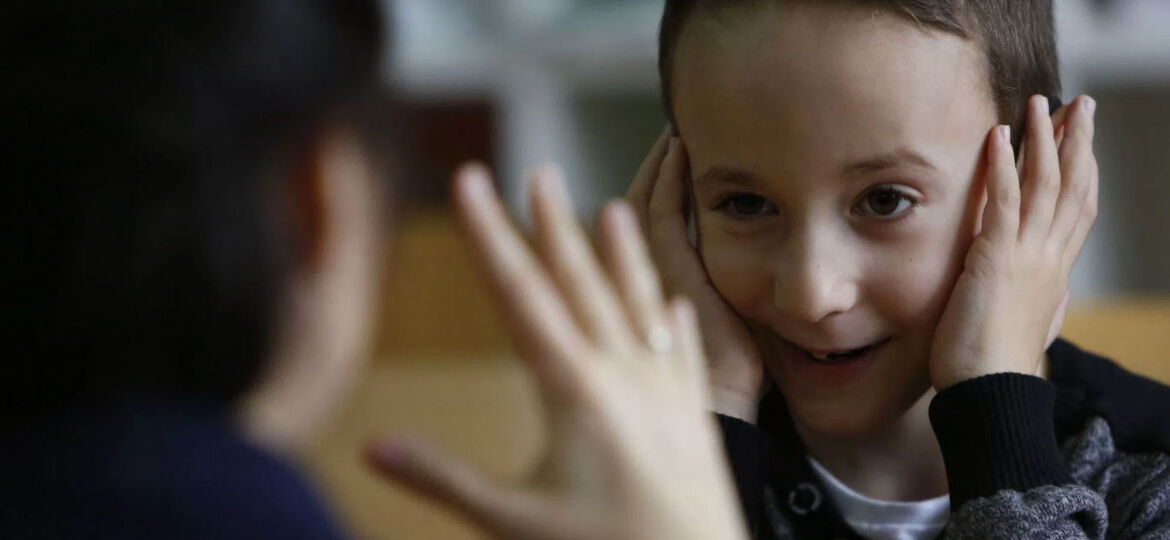
WHY THIS MATTERS IN BRIEF
Millions of people around the world suffer from deafness, now scientists might be zero’ing in on a new cure that could change their lives forever.
In 2015, a team at Boston Children’s Hospital (BCH) and Harvard Medical School (HMS) reported restoring the hearing in genetically deaf mice using gene therapy. Now the Boston Children’s research team reports restoring a much higher level of hearing, down to 25 decibels, which is the equivalent of a whisper, using an improved gene therapy vector developed at HMS’ Massachusetts Eye and Ear (MEE) laboratory.
While previous gene therapy treatments have only been able to penetrate the cochlea’s inner hair cells they showed that one treatment technique, called Anc80, that used synthetic genes, was able to safely transfer genes to the hard to reach outer hair cells of the ear.
“We have shown that Anc80 works remarkably well in terms of infecting cells of interest within the inner ear,” said Konstantina Stankovic, an Otologic Surgeon at MEE and associate professor of Otolaryngology at HMS, “with more than 100 genes already known to cause deafness in humans, there are many patients who may eventually benefit from this technology.”
In the latest study, led by Gwenaëlle Géléoc, PhD, of the Department of Otolaryngology at BCH, studied mice with a mutation in Ush1c, the same mutation that causes Usher type 1c deafness, as well as a loss of balance, in humans. The mutation causes a protein called harmonin to switch off, and as a result the sensory hair cell bundles in the ear responsible for receiving sound and signalling the brain deteriorate and become disorganised, causing profound hearing loss.
In the latest trials when the teams used Anc80 to deliver a new, corrected Ush1c gene into the inner ears of the mice, the inner and outer hair cells in the cochlea began to produce normal full-length harmonin and the hair cells formed normal, organised bundles that responded to sound waves and signalled the brain, restoring the mice’s hearing.
“The latest treatment is the most effective one we’ve tested,” Géléoc says, “outer hair cells amplify sound, allowing inner hair cells to send a stronger signal to the brain. We now have a system that works well and rescues auditory and vestibular function to a level that’s never been achieved before.”
Most importantly, deaf mice treated soon after birth also began to hear. Géléoc and colleagues showed this first in a “startle box,” which detects whether a mouse jumps in response to sudden loud sounds. When they next measured responses in the auditory regions of the brain, a more sensitive test, the mice responded to much quieter sounds, with 19 out of 25 mice hearing sounds quieter than 80 decibels, and a few could even hear sounds as soft as 25decibels, like normal mice.
“Now, you can whisper, and they can hear you,” said Géléoc.
Margaret Kenna, MD, MPH, a specialist in genetic hearing loss at BCH who does research on Usher syndrome, is excited about the work.
“Anything that could stabilize or improve native hearing at an early age would give a huge boost to a child’s ability to learn and use spoken language,” she says, “cochlear implants are great, but your own hearing is better in terms of range of frequencies, nuance for hearing voices, music and background noise, and figuring out which direction a sound is coming from. In addition, the improvement in balance could translate to better and safer mobility for Usher Syndrome patients.”
Since patients, and mice, with Usher 1c also have balance problems caused by hair-cell damage in the vestibular organs of the ear, the researchers also tested whether gene therapy restored balance and it did and the mice were able to stay on a rotating rod for longer periods without falling off.
While further work is needed before the technology can be brought to patients it’s a promising start and one day, just as we’ve recently seen how gene therapy can cure blindness, now we might also see it cure deafness.
















